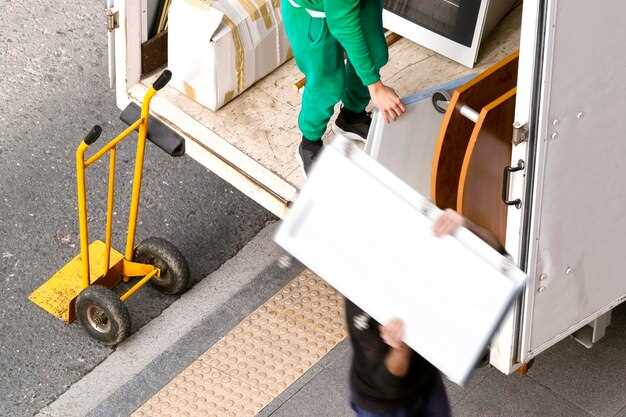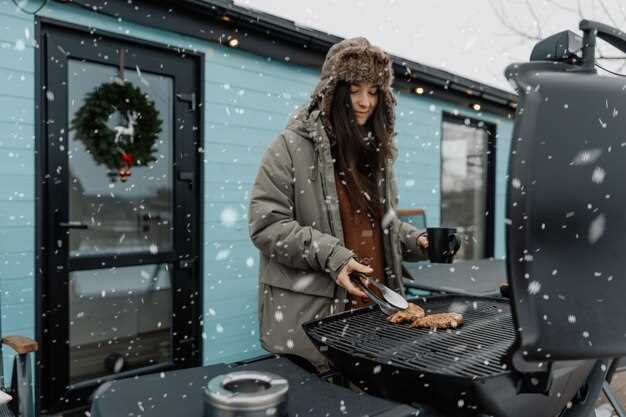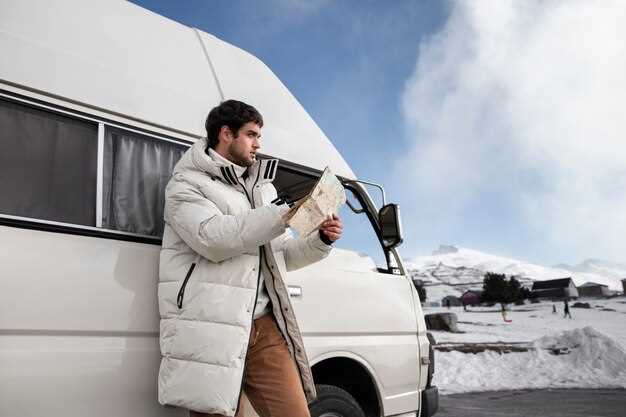
As winter approaches, ensuring that your trailer is properly prepared for storage is essential to prolong its lifespan and maintain its functionality. Proper winter storage not only protects your investment but also reduces the risk of damage caused by harsh weather conditions. Taking the time to prepare your trailer can prevent costly repairs in the spring, allowing you to hit the road with confidence when the warmer months arrive.
Before placing your trailer in storage, there are several key tasks that should be addressed. This includes cleaning both the interior and exterior to remove dirt, grime, and any remnants of food that may attract pests. Additionally, checking all systems, including brakes and lighting, can help identify potential issues before they worsen over the winter months. By following a detailed checklist, you can ensure that your trailer remains in optimal condition.
Furthermore, the right storage environment is crucial. Whether you choose an indoor facility or outdoor space, it’s important to consider factors like protection from moisture and temperature fluctuations. Properly Winterizing your trailer will safeguard not only its structural integrity but also its amenities, keeping everything in working order and ready for your next adventure.
Steps to Properly Clean and Inspect Your Trailer Before Storage
Before storing your trailer for the winter, thorough cleaning and inspection are essential to ensure it remains in optimal condition. Start by removing all personal items, food, and beverages from the interior to prevent mold and odors. Use a vacuum to clean carpets and upholstery, paying special attention to corners and under cushions where debris may accumulate.
Next, wash the exterior of the trailer with mild soap and water. This step removes dirt, grime, and potential rust-causing substances. After rinsing, apply a wax or protective sealant to the exterior to help guard against harsh winter elements.
Inspect the trailer thoroughly for any signs of damage. Check the roof for cracks or loose seals that could lead to leaks. Inspect windows and doors to ensure they close tightly and are free from gaps. Pay attention to the condition of the tires, checking for proper inflation and any visible wear. Rotate or replace tires if necessary to prevent flat spots during storage.
Examine the trailer’s undercarriage for signs of corrosion or rust. Clean any rust spots with a wire brush and apply a rust-inhibiting primer as needed. Additionally, check the brake system, lights, and wiring to ensure they function correctly. Faulty connections can lead to larger issues when you take the trailer out of storage.
Lastly, winterizing your trailer’s plumbing system is crucial. Drain the fresh water tank and lines to prevent freezing. Use RV antifreeze in the toilet and sink traps to protect these areas. Completing these steps will help ensure that your trailer is clean, inspected, and ready for safe winter storage.
Essential Maintenance Tasks to Winterize Your Trailer

Winterizing your trailer is crucial to ensure it remains in excellent condition during the cold months. Begin by draining all water systems, including fresh water, gray, and black tanks, to prevent freezing and potential damage. Use a water pump to flush the lines and eliminate any remaining water.
Next, add antifreeze to the plumbing system. Use RV-specific antifreeze to protect pipes and fixtures from freezing temperatures. Make sure to run the antifreeze through all faucets, showerheads, and flush the toilet to ensure complete coverage.
Inspect and clean the exterior of your trailer. Remove any dirt, debris, or mold to prevent damage over the winter. Waxing the exterior will add an extra layer of protection against moisture and elements.
Check the roof and seals for any cracks or leaks. Apply a good quality sealant to prevent water intrusion which could lead to mold and mildew issues. Additionally, ensure all windows and doors are securely closed.
Disconnect the battery and store it in a cool, dry place. This helps extend its life and maintains its charge. Clean the battery terminals before storage to prevent corrosion.
Finally, consider using a trailer cover to shield it from snow and ice. A breathable cover will help prevent moisture buildup while protecting the trailer from harsh weather conditions.
Best Practices for Choosing a Safe Storage Location for Your Trailer

Selecting an appropriate storage location for your trailer is essential for ensuring its protection during the winter months. Here are some best practices to consider:
1. Accessibility: Choose a storage facility that is easily accessible throughout the winter. This will allow you to inspect your trailer periodically and retrieve it when spring arrives. Ensure that the access roads are well-maintained and free of snow or ice.
2. Security: Prioritize locations that offer enhanced security features. Look for facilities with surveillance cameras, gated access, or even on-site personnel. A secure environment will deter theft or vandalism, giving you peace of mind.
3. Coverage from the Elements: If possible, opt for indoor storage or a covered area to protect your trailer from harsh weather conditions, such as snow, ice, and hail. Exposure to these elements can lead to long-term damage, particularly to the exterior and roof.
4. Proximity to Home: Ideally, choose a storage location that is not too far from your residence. This makes it easier to check on your trailer and perform necessary maintenance. A close location also reduces transportation costs when you are ready to retrieve your trailer.
5. Ground Conditions: Examine the ground where the trailer will be parked. Ensure it is level and drains well to prevent water accumulation, which can lead to rust and other issues during the winter. Avoid low-lying areas that are prone to flooding.
6. Community Regulations: Be aware of local ordinances regarding trailer storage. Some areas may have restrictions on outdoor storage or require permits. Understanding these regulations will help you avoid potential fines or the need to relocate your trailer.
By following these best practices, you can select a safe and secure storage location that will protect your trailer during winter and ensure it is ready for use when the warm weather returns.





